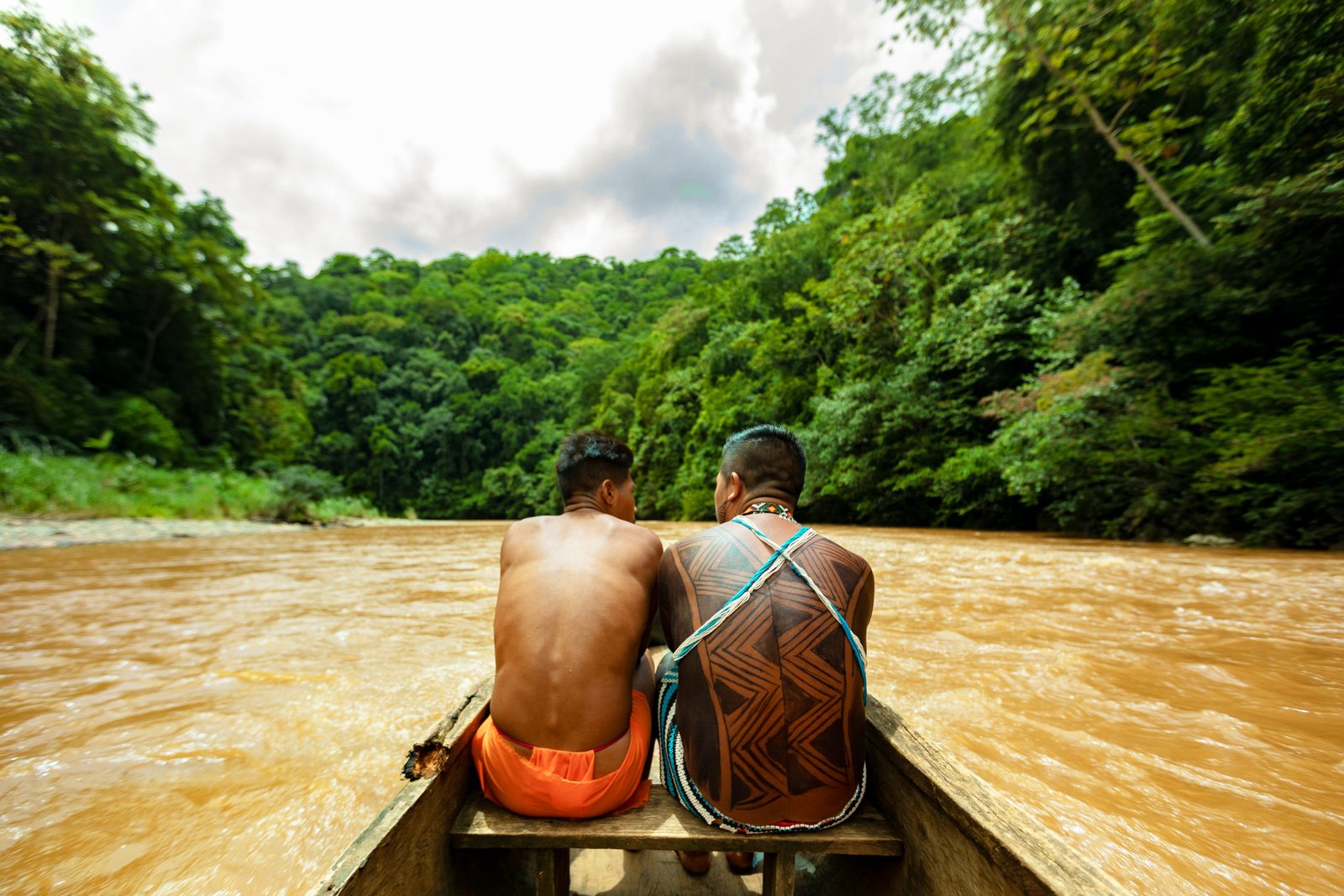
Emberá: the children of the river
The Emberá people, native to the expansive jungles that separate Panama from Colombia, forged a culture that largely depended on the rivers that flowed through their ancestral lands. As many migrated to the Panama City metropolitan area in the second half of the 20th century, the rivers of the Canal basin reminded them of their native forests. This region allowed them to reproduce their way of life, and they now share the experience with local residents and visitors alike.
By Juan Abelardo Carles R.
Photos: José Rovira
The morning rain was no more than a drizzle, but it had rained heavily during the night, leaving the waters of the river rather turbid. The piragua (dugout canoe) cleaved through the middle of the watercourse, while the riverine forest, unable to absorb any more rain, exhaled a mist smelling of sap. The vapor parted to give us glimpses of a grouping of palm roofs on a rise. We climbed out of the boat on a nearby sand bank and headed up the path to the village. We forgot about the leaden sky in the face of the explosion of color and music that greeted us at the entrance to the village.
In many countries, this kind of experience can be had only after traveling for hours, or even days, to the most far-flung reaches of the jungle, but in Panama, it is available little more than an hour from downtown Panama City. These are the Emberá communities that settled along the Chagres River, inside Chagres National Park. The people living along the Chagres River come from Gran Chocó, a bioregion stretching from eastern Panama to the Pacific coast of Colombia.
Beginning in the 1970s, they started to migrate from Darién, in eastern Panama, to the prosperous inter-oceanic region. Many settled in the Panama Canal basin, especially on the banks of the Chagres River, and took up agriculture and livestock farming. When the area was earmarked for a national park, these activities were curtailed. They then supported themselves mostly by sharing their culture and ancestral wisdom with visitors.
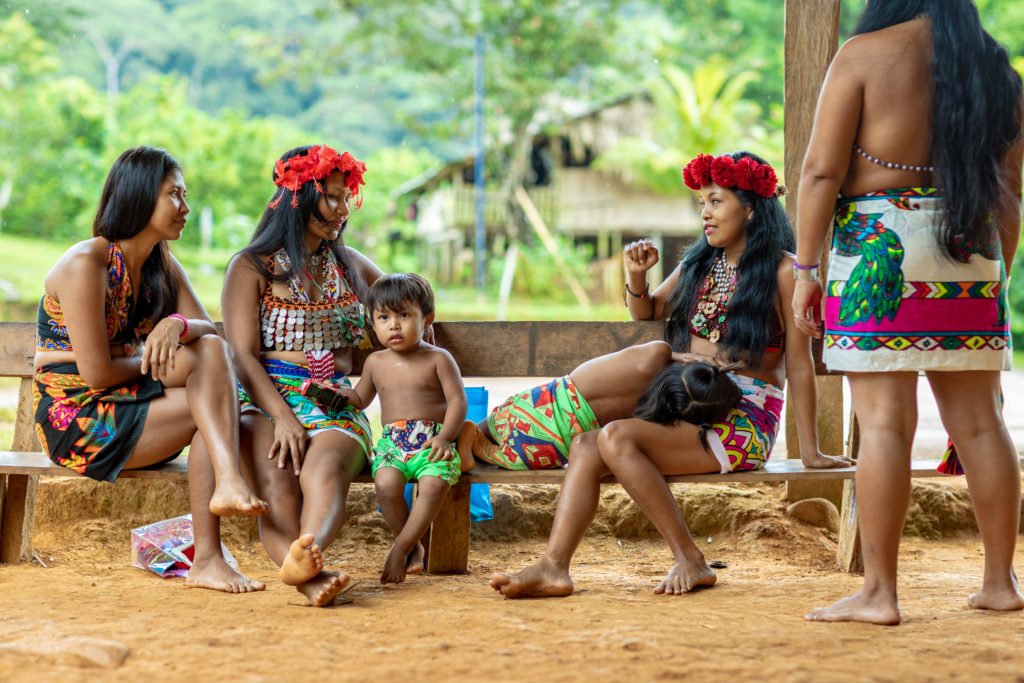
The Emberá Experience
Although each community endeavors to put its own stamp on its tourism offerings, there are certain elements common to all the experiences. Visitors are greeted with songs and welcome dances, and they are given a talk about the history, traditions, and culture of the people they are visiting, after which they walk an interpretive path that explains the value of plants in the Emberá way of life. The walk might end at a waterfall or bend in the river where visitors can take a dip. There are also dances accompanied by traditional musical instruments like the chirú (bamboo flute), chimbombón (large drum made of cedar and skin from a male deer), and a percussion instrument made from a turtle shell. Visitors are served lunch, generally fish and fried green plantains (patacón).
It is customary for visitors to bring gifts of fruit or cookies for the community’s children. After lunch, there will be traditional dances and handicrafts for sale, with the most sought-after items being chunga fiber baskets, carved cocobolo wood or tagua seeds and bead jewelry; there is also body painting with ink made from the jagua or genipap fruit. Tour packages vary depending on the number of visitors, the activities, the distance to the community, and whether it is a day trip or an overnight stay. Prices may start around 55 dollars per person for groups of more than 5 people; this includes transportation between Puerto Corotú and the community.
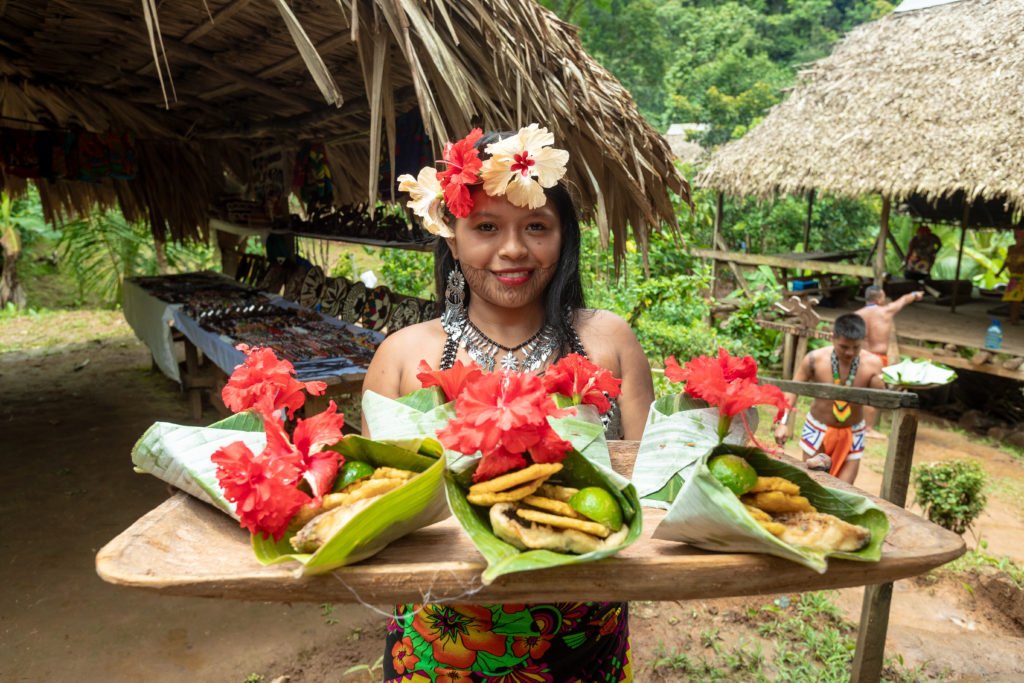
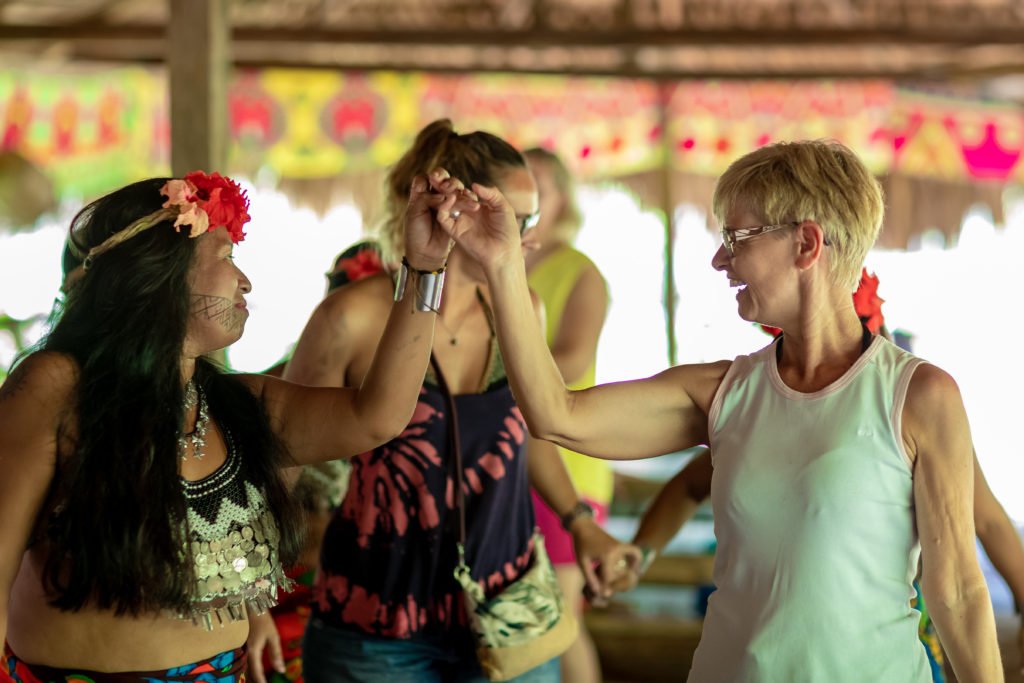
Tusípono emberá
This is the community closest to Puerto Corotú. The area has been settled since the 1940s, but Tusípono was founded in 1997 and began welcoming tourists the following year. Most of the inhabitants are originally from the Río Chico and Sambú communities in Darién. Neldo Tócamo, president of the town’s tourism commission, tells us that 61 people from 27 families live here. In addition to tourism, they rely on fishing and subsistence lifestyles.
Right there, a craft center invites all kinds of artisans to display their creations, encouraging tourists with a talk and, why not, to return home with a unique and personal souvenir.
Emberá Drúa
Dating from 1975, this settlement is one of the oldest in the region. According to community storyteller José Cáisamo, the original inhabitants emigrated from the banks of the Balsa River (Darién). They were also among the first to make it possible for tourists to enjoy Emberá experiences (1990). The community has more than one hundred inhabitants, but some left during the pandemic as the bottom dropped out of tourism. The community is now trying to regain the footing it enjoyed before the public health crisis. Tourist attractions include a series of nearby waterfalls.

Parará Pura
This is another of the most traditional and well-known of the communities, with a population of 126 people from 30 families. Its location draws many tours from cruise ships passing through the Panama Canal. Aside from the traditional attractions, this community also boasts a small museum that displays ancient elements of Emberá culture, such as the seats and staffs of authority used by shamans and nokos (a noko is the principal authority in the community), as well as information on Antonio Zarco (see inset). They have a guest hut that can sleep up to twelve people.
Purú Biakirú
While this is one of the newest communities in the Chagres basin, the residents come from older neighboring settlements. Biakirú offers challenging 4- to 6-hour trails for the robustly fit. The highly motivated group of 49 people who live here present and explain traditional dances to their visitors. All the settlements can provide overnight accommodations in tents for large groups of visitors, or in guest huts for smaller groups.
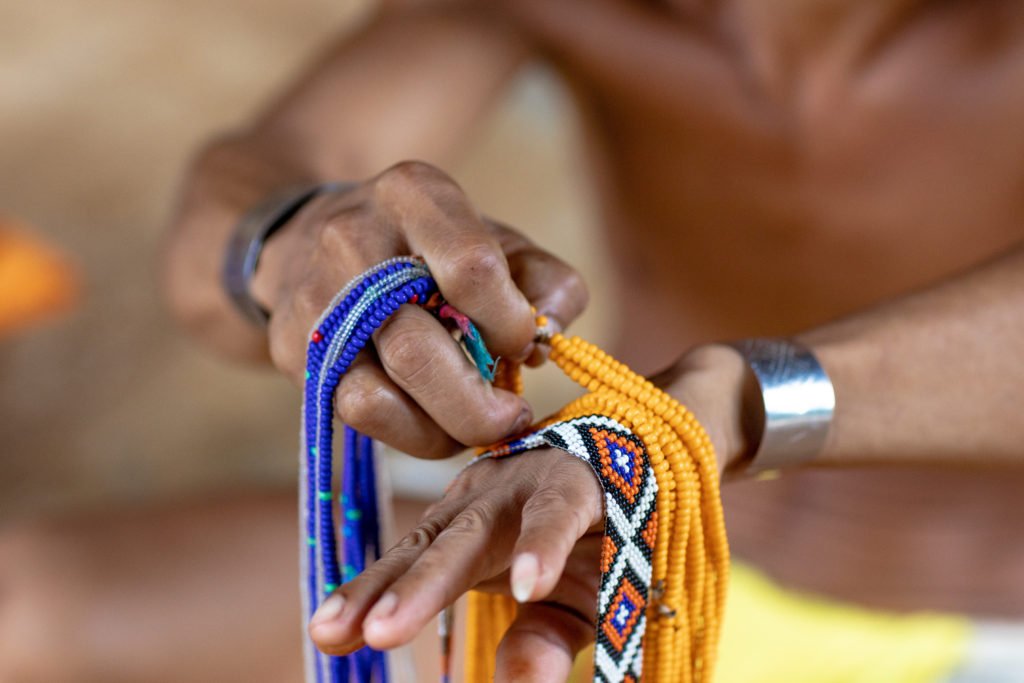
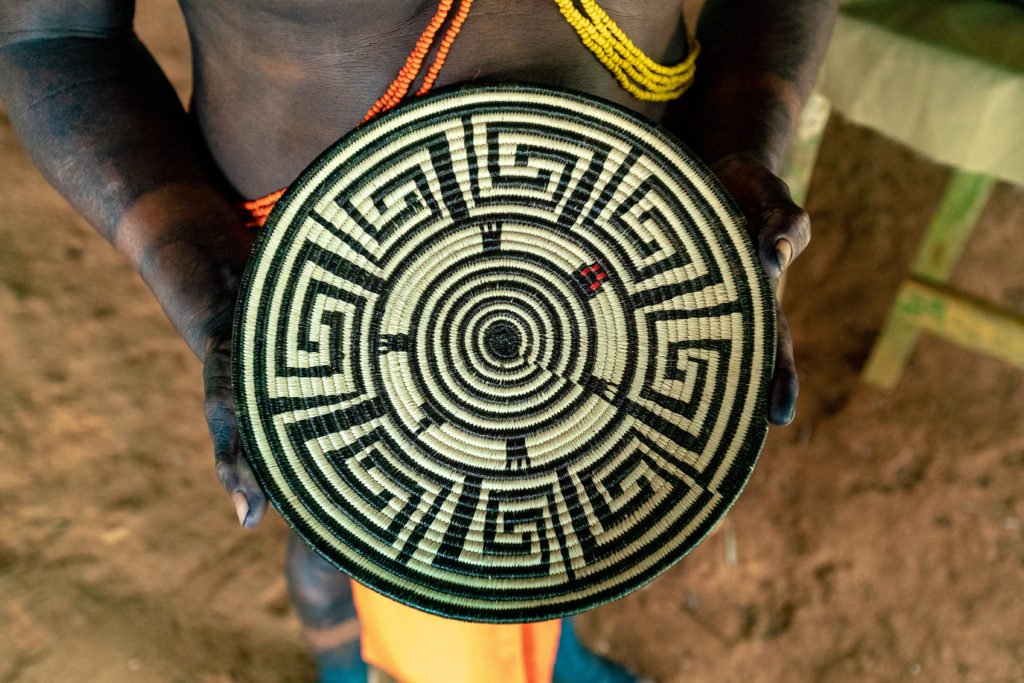
How to Get There
Most of the indigenous settlements can be reached by hiring piraguas in Puerto Corotú, on the shores of Lake Alajuela. To get to Puerto Corotú, leave Panama City via the Boyd Roosevelt highway toward Colón, continue north for about 9 miles and take the exit to La Cabima. Continue past the community of Nuevo Caimitillo to the Lake Alajuela Visitor Center. Approximately one more mile takes you to the port, which is essentially a place for passengers to board and alight from the piraguas.
TUSÍPONO EMBERÁ
IG: @tusiponoemberapanama
WhatsApp: +507 6539 7918 (Neldo Tócamo)
EMBERÁ DRÚA
IG: @comunidad_embera_drua_
WhatsApp: +507 6762 0542 y +507 6709 1233 (Alexis Mecha)
PURÚ BIAKIRÚ
IG: @purubiakiru
WhatsApp: +507 6950 4252 (Iván Ruiz)
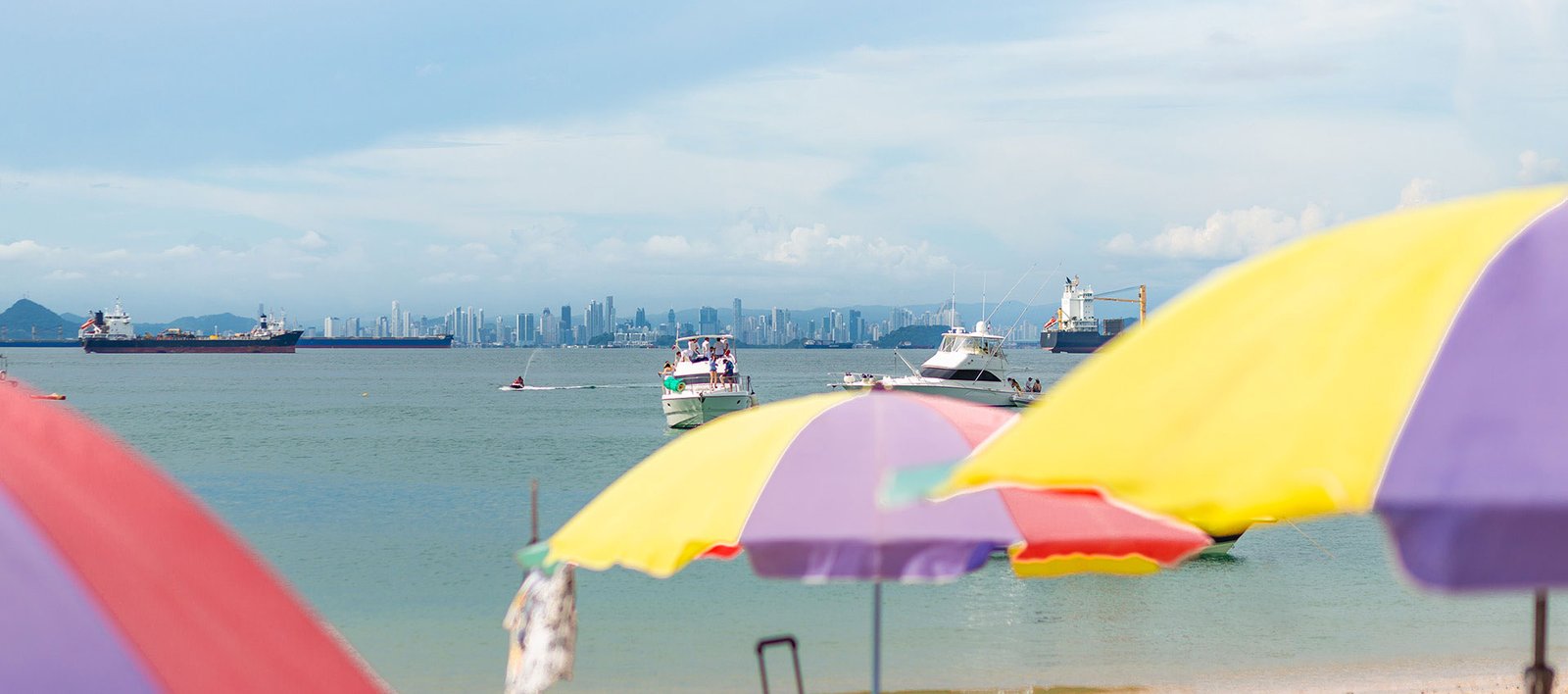

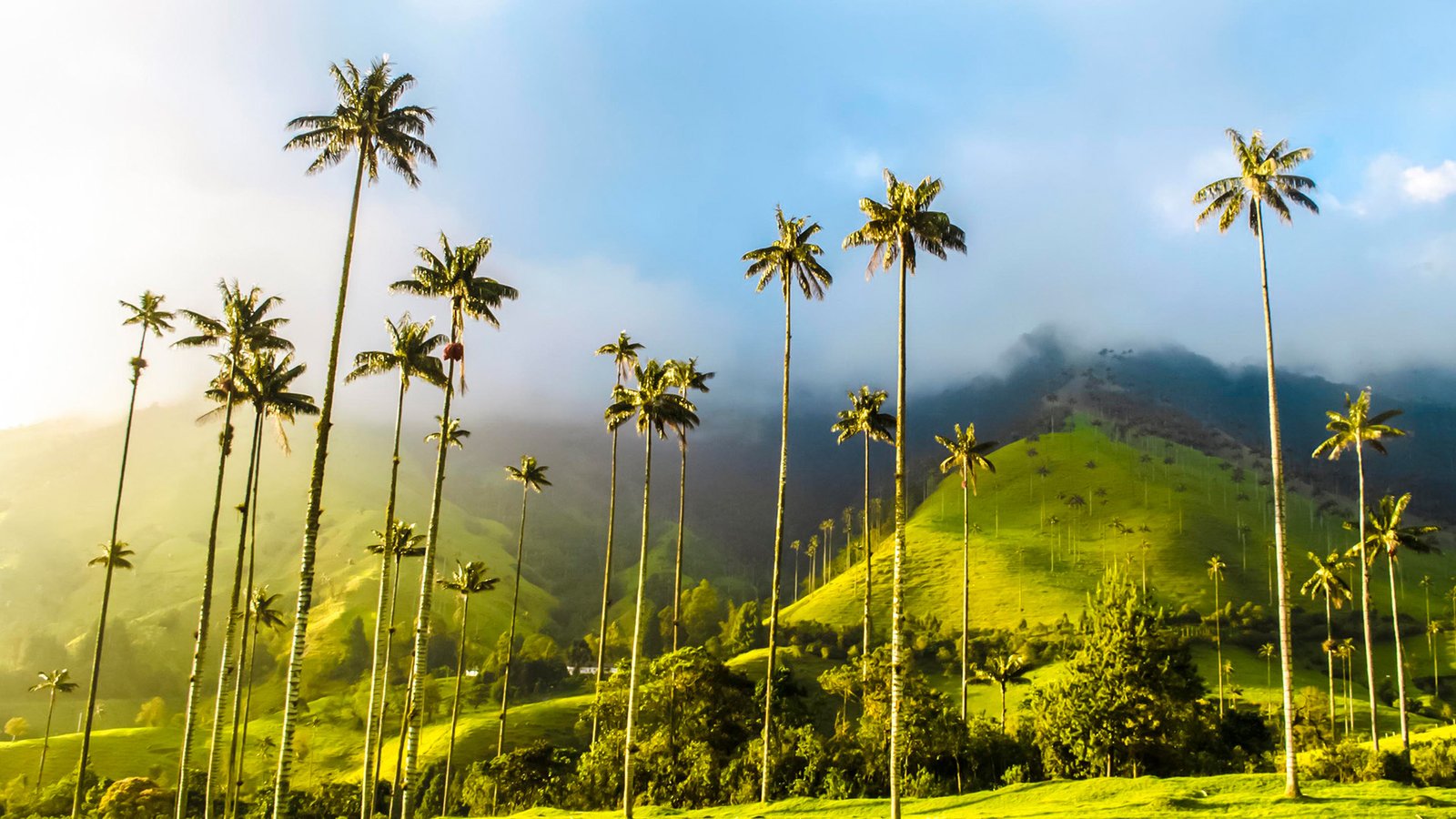

Leave a Reply